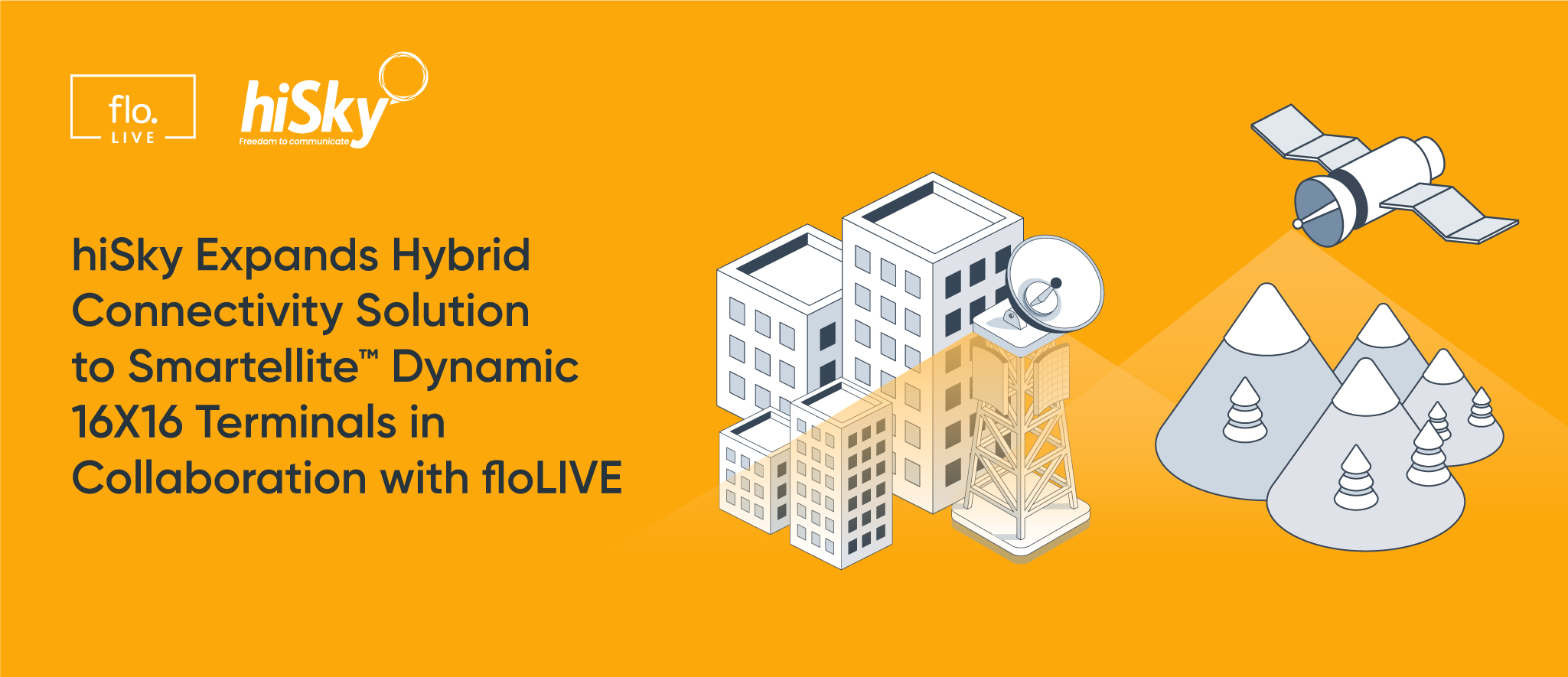The Many Routes to Global Connectivity for Fleet IoT

Fleet IoT is a powerful approach to solving myriad challenges in fleet management, including rising fuel, equipment and insurance costs, safety, efficiency, and optimization. By pairing sensors with devices that collect and communicate data to deliver data-driven insights, fleet management can benefit from real-time communications along the value chain. However, connectivity that can move with devices anywhere in the world is critical to the success of these solutions.
Several options are available when it comes to IoT connectivity solutions.
Low Power Wide Area Networks for Fleet IoT
Low Power Wide Area (LPWA) networks can be highly advantageous in fleet IoT applications because they provide long-range communication with low power consumption. LPWA networks can support the following use cases:
- Asset Tracking: LPWA networks enable real-time tracking of fleet vehicles and assets over long distances without draining their batteries quickly. Each vehicle or asset can be equipped with sensors or trackers, allowing fleet managers to monitor their location, speed, and status remotely.
- Remote Monitoring: LPWA-connected sensors can monitor various parameters of fleet vehicles, such as engine health, fuel levels, tire pressure, temperature, and more. This data can be transmitted back to a central management system for analysis, enabling proactive maintenance and reducing the risk of unexpected breakdowns.
- Geofencing: LPWA networks can be used to set up virtual boundaries or geofences around specific areas. When a fleet vehicle equipped with an LPWAN sensor enters or exits these predefined areas, alerts can be triggered, allowing fleet managers to monitor vehicle movements and ensure compliance with designated routes or safety zones.
- Environmental Monitoring: LPWAN sensors can be deployed to monitor environmental factors such as air quality, humidity, and pollution levels in and around fleet operations. This information can help fleet managers make data-driven decisions to minimize environmental impact and ensure compliance with regulations.
Overall, LPWAN technology offers a cost-effective and efficient solution for fleet IoT applications by enabling long-range communication, extended battery life, and seamless integration with existing fleet management systems.
5G Connectivity for Fleet IoT
The latest cellular generation promises high speeds, low latency, and very high throughput, making it a powerful source of connectivity for fleet IoT applications. Capabilities of 5G include:
- High-Speed Connectivity: 5G networks provide significantly faster data transfer speeds compared to previous generations. This enables real-time transmission of large volumes of data, such as high-definition video feeds from vehicle cameras, which can be invaluable for fleet management, safety monitoring, and driver assistance systems.
- Low Latency: One of the key features of 5G is its ultra-low latency, which refers to the delay between sending and receiving data. This low latency is critical for time-sensitive applications in fleet management, such as autonomous driving and collision avoidance systems, where split-second decisions can make a difference in safety.
- Massive Connectivity: 5G networks are designed to support a massive number of connected devices per unit area. In fleet IoT applications, this means that a large number of vehicles, sensors, and other IoT devices can be simultaneously connected to the network, enabling comprehensive monitoring and control of fleet operations.
- Network Slicing: 5G introduces the concept of network slicing, where multiple virtual networks can be created within a single physical network infrastructure. Fleet operators can leverage network slicing to allocate dedicated network resources for different IoT applications within their fleet, ensuring reliable connectivity and quality of service.
- Edge Computing: 5G networks enable edge computing capabilities, where computing resources are distributed closer to the point of data generation. This allows for faster processing of data locally within fleet vehicles or at edge computing nodes, reducing the need to transmit large amounts of data back to centralized servers. Edge computing can improve real-time decision-making and reduce bandwidth requirements for fleet IoT applications.
- Augmented Reality (AR) and Virtual Reality (VR): With the high bandwidth and low latency provided by 5G, fleet operators can leverage AR and VR technologies for training, remote assistance, and immersive visualization of fleet data.
With such potent capabilities, 5G technology opens up new possibilities for enhancing fleet IoT applications with high-speed connectivity, low latency, massive scalability, advanced security, and edge computing capabilities. These benefits can significantly improve fleet management, safety, efficiency, and operational intelligence.
IoT Non-Terrestrial Networks for Fleet IoT
IoT non-terrestrial networks (IoT NTN) refers to satellite-based connectivity that is leveraged in addition to cellular connectivity. Leveraging satellite as a connectivity add-on offers unique advantages for fleet IoT applications, especially in scenarios where terrestrial networks are unavailable or unreliable. Here’s how they can be utilized:
- Global Coverage: Non-terrestrial networks can provide global coverage, ensuring connectivity for fleet vehicles operating in remote or rural areas where terrestrial network infrastructure is lacking. This enables fleet managers to monitor and manage their assets regardless of their location, improving operational efficiency and safety.
- Borderless Communication: Non-terrestrial networks eliminate the limitations of traditional cellular networks, allowing fleet vehicles to communicate seamlessly across borders and geopolitical boundaries. This is particularly beneficial for international fleets operating in multiple countries, as it ensures continuous connectivity and data exchange without roaming restrictions or network handovers.
- Persistent Connectivity: Satellite-based IoT networks offer persistent connectivity, unaffected by terrestrial obstacles such as mountains, forests, or buildings. Fleet vehicles traveling through remote or rugged terrain can maintain uninterrupted communication with fleet management systems, enabling real-time tracking, monitoring, and management of assets.
- Redundancy: Non-terrestrial networks offer built-in redundancy and resilience, making them ideal for disaster recovery scenarios where terrestrial networks may be compromised. Fleet operators can deploy backup satellite or drone-based communication systems to ensure continuous connectivity and data transmission in case of network outages or disruptions.
Integrating non-terrestrial networks into fleet management systems enhances operational efficiency, safety, and situational awareness for fleet operators across various industries.
Achieving Global Coverage in Moving Solutions
No matter what connectivity technology is selected for fleet management solutions, it’s critical that connectivity is always on, no matter where assets or vehicles move in the world, which can be incredibly challenging considering the diverse connectivity ecosystem. This ecosystem is further challenged by roaming restrictions, bans, and data privacy and sovereignty considerations.
While there are many routes to take for connectivity, the most important consideration is that the connectivity is reliable and high-performance to meet the important demands in fleet management solutions.
floLIVE and Quake Global are hosting a webinar on May 15 at 1 p.m. to discuss the best mix of technologies to power global IoT connectivity anywhere, everywhere, and all the time.
Register now to join the conversation.










